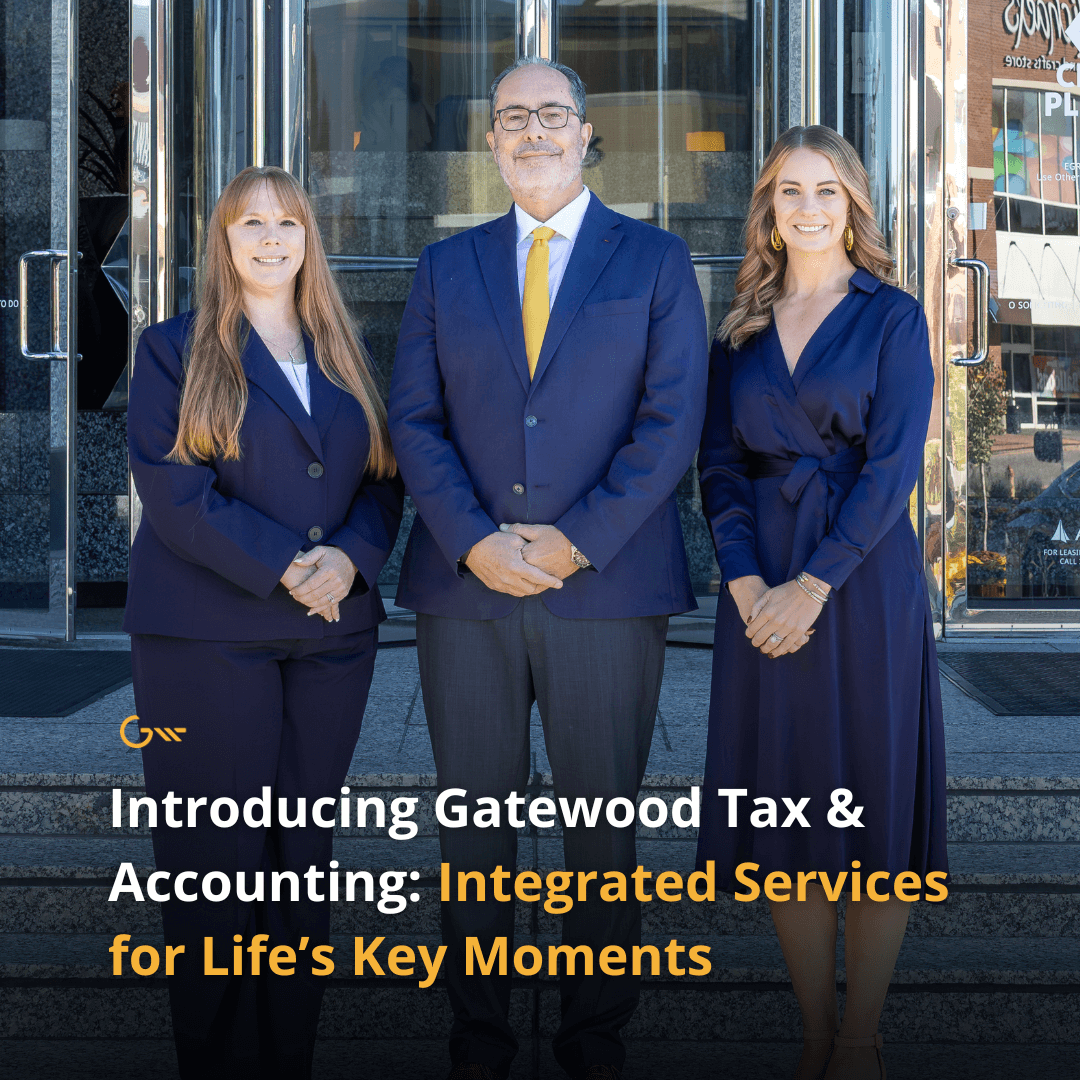As you enter your 50’s, retirement is no longer a distant dream—it’s a fast-approaching reality. For couples like David and Lisa, both busy professionals juggling demanding careers, aging parents, and two kids in college, the pressure is real. Between tuition bills, thoughts of future weddings, and a desire to retire early (or at least have the option), they’ve started asking the big questions: Are we on track? Can we afford to retire when we want to? What happens if we can’t work as long as we thought?
If this sounds like you, you’re not alone. Your 50’s are a critical decade for aligning your wealth with your future goals. Here are five key areas to review now to make sure your retirement plan stays on course:
1. Supercharge Your Retirement Savings
Now’s the time to take full advantage of catch-up contributions. In 2025, individuals age 50 and older can make a catch-up contribution of $7,500 to their 401(k), bringing their total annual limit to $31,000.
For those ages 60 to 63, an additional special catch-up of $3,750 is available, allowing a maximum contribution of up to $34,750.
David and Lisa maxed out their workplace plans and reviewed whether Roth or traditional contributions made more sense based on their tax situation.
Also consider:
- Maxing out IRA’s (including backdoor Roth IRA’s if income limits apply)
- Health Savings Accounts (HSA’s) as a tax-advantaged way to save for future medical expenses
- Evaluating whether an in-service rollover to an IRA provides more investment flexibility
2. Evaluate Your Investment Allocation
The portfolio that got you here might not be the one to get you through retirement. You’re close enough to retirement that preserving wealth matters—but far enough away that you still need growth.
Make sure your investment strategy reflects your time horizon, risk tolerance, and future income needs. Lisa and David worked with their advisor to assess:
- Are we taking the right amount of risk?
- Are we properly diversified?
- How do our returns compare to what’s assumed in our financial plan?
3. Review Your Retirement Timeline and Income Plan
What if you want to retire at 60? Or take a step back at 58? It’s time to explore your options.
Your 50’s are the perfect time to start modeling different retirement ages and income strategies. At Gatewood, we walk clients through scenarios that answer:
- When can we afford to retire?
- What will our income sources be?
- Should we consider partial retirement or phased withdrawal strategies?
And don’t forget Social Security—understanding your optimal claiming strategy can make a significant difference over time.
4. Don’t Overlook Healthcare and Long-Term Care Planning
If you retire before age 65, how will you handle healthcare costs? This is one of the biggest surprises for early retirees. Lisa and David ran a cost analysis to see what COBRA, ACA plans, or a health sharing ministry might cost if they retired early.
Also consider:
- Reviewing employer benefits and whether they offer retiree health plans
- Evaluating long-term care insurance or alternative funding options
- Planning for Medicare expenses and gaps post-age 65
5. Revisit Your Estate and Family Planning
Your wealth isn’t just for retirement—it’s part of your legacy. In your 50’s, it’s time to update your estate documents, revisit beneficiaries, and plan for future family milestones.
Lisa and David:
- Updated their wills and trusts after their children turned 18
- Reviewed powers of attorney and healthcare directives
- Created a savings plan for future weddings or family support
This is also a great time to open up conversations with your kids about money, values, and your plans.
Bonus: Get a Professional Second Opinion
A lot can change in your 50’s—and it’s easy to overlook opportunities or risks. A financial planning team can help you:
- Spot gaps in your plan
- Stress-test your retirement strategy
- Align your investments, insurance, and taxes with your goals
David and Lisa left their meeting feeling confident—not because they had all the answers, but because they had a plan.
So, whether you’re thinking about retiring early, catching up on savings, or just want to make sure you’re on track, now is the time to pause, plan, and prepare.
Let’s make sure the next chapter of your life is everything you’ve worked for—and more.
Important Disclosures:
The opinions voiced in this material are for general information only and are not intended to provide specific advice or recommendations for any individual.
There is no assurance that the techniques and strategies discussed are suitable for all investors or will yield positive outcomes. The purchase of certain securities may be required to effect some of the strategies. Investing involves risks including possible loss of principal.
There is no guarantee a diversified portfolio will enhance overall returns or outperform a non-diversified portfolio. Diversification and asset allocation do not protect against market risk.
The information provided here is general in nature. It is not intended, nor should it be construed, as legal or tax advice. To determine which strategies or investments may be suitable for you, consult the appropriate qualified professional prior to making a decision.
A plan participant leaving an employer typically has four options (and may engage in a combination of these options): 1. Leave the money in their former employer’s plan, if permitted; 2. Roll over the assets to their new employer’s plan, if one is available and




